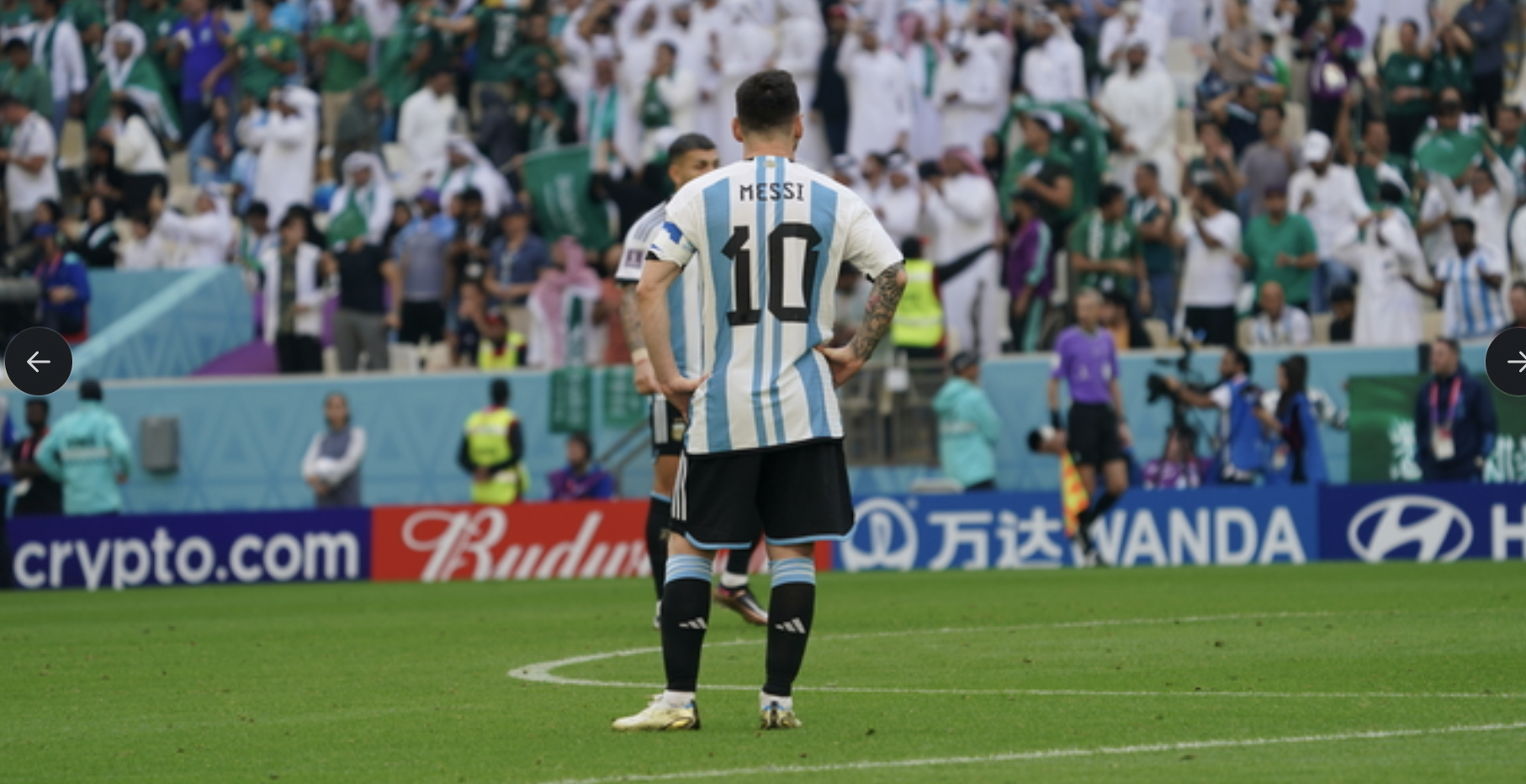Before the futile arguments on social media, the word GOAT was once used as an insult
Officially a word in 2018 by Merriam-Webster, GOAT has been used to describe excellence and now is commonly utilised in sports and other industries.

Defined by Webster as “the most accomplished and successful individual in the history of a particular sport or category of performance or activity,” GOAT is a synonym of “Greatest of All Time” and has been thrown around by the public to characterise an athlete, in this case, as invincible.
After the 2022 Qatar World Cup, football fanatics debated heavily that Lionel Messi’s World Cup win may have finally crowned him the GOAT, with devotees saying the Argentine footballer has achieved everything there is to achieve in football.
37 club trophies, seven Ballon D’Or awards, six Golden Boots, a Copa America title, an Olympic gold medal, and now a record-breaking World Cup trophy, indeed Messi has earned a level of notoriety that is rare in stats and championships.
Whether Messi really is the “greatest ever” will continue to be debated as long as there is football.
A subjective answer that can be topped by other comparisons, such as the late Pele’s three World Cup triumphs or the sheer athleticism of Cristiano Ronaldo, the list of players who could be considered the GOAT is quite long.
However, long before the likes of Messi, Michael Jordan, Tom Brady, Tiger Woods, Roger Federer, you name it – the term GOAT was the last thing you wanted to be in sports.
‘Hero and the Goat’
Going back to 1957, American cartoonist Bill Gallo’s “Hero and the Goat” drew a sketch after every World Series game with one hero and one goat; the goat was the clown of the game, the embarrassment.
Perform poorly, and you’ll end up depicted with goat horns by Gallo in the New York Daily News.
Greats like Mickey Mantle, who struck 536 home runs, avoided the sketches of Gallo, with the late baseball player admitting the fear of becoming a goat.
“I don’t ever want to make Gallo’s horns cartoon,” Mantle wrote in his book.
Celebrated cartoon character Charlie Brown continued the “”Hero and the Goat” tradition. In a comic strip, Charlie was cast as a goat after dropping the ball during a game.
“I could have been the hero,” Charlie Brown says in the comic strip.

“But what am I? I’m the goat! I’m always the goat.”
The disgruntling of using the word ‘goat’ rage on to the 80s and 90.
In 1988, American NFL quarterback Doug Williams spoke to reporters on his game-winning play, which he described as “If you don’t make it, you’re the goat. If you make it, you’re the greatest of all time.”
It was in the year 2000 that LL Cool J released his eighth studio album, reinventing how the term goat could be used.
As it unfailingly does, Hip Hop influences everything from fashion to politics, and LL Cool J’s G.O.A.T did precisely that.
The album helped popularise the word GOAT as a definition for the ‘greatest of all time’ and was inspired by the actions of Muhammad Ali.
“I am the greatest, I said that even before I knew I was,” is forever autographed as the quote gifted to the masses by the late boxing legend, ultimately becoming the provocation for LL Cool J.
“Without Muhammad Ali, there would be no ‘Mama Said Knock You Out, and the term G.O.A.T. would have never been coined,” LL Cool J said to American Magazine Rolling Stone.
Ali’s illustrious behaviour in the ring and outside the boxing tribunal created today’s modern vernacular to salute athletes, musicians, and other celebrities.
From a cowardly illumination to the supreme status, the ‘GOAT’ impact has translated onto a global societal level.







